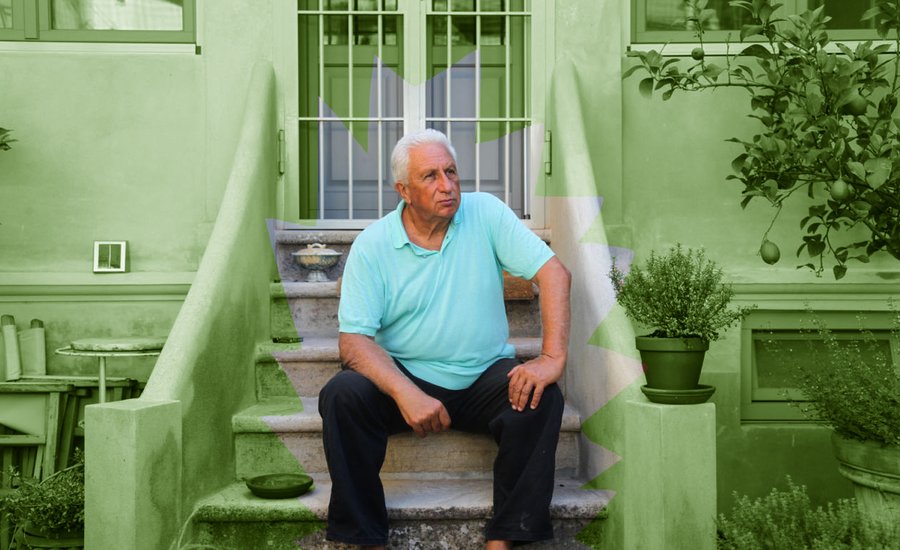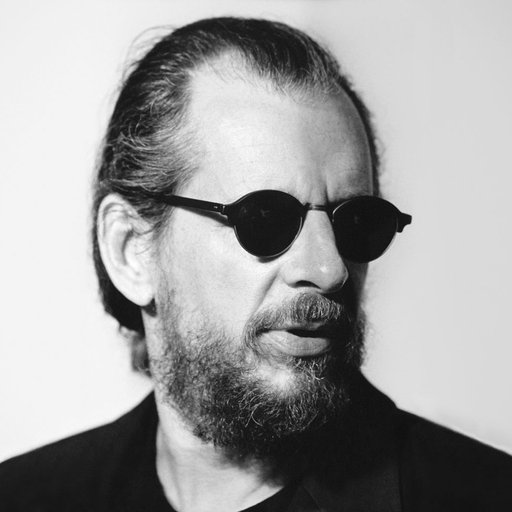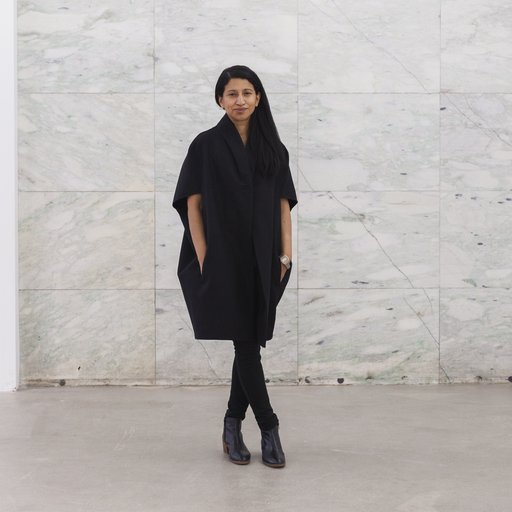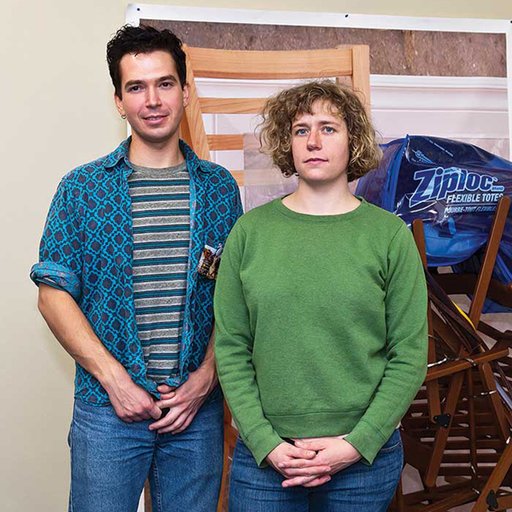Italian photographer Massimo Vitali has been documenting European coastlines for over two decades, sometimes erecting platforms in the water to capture the coastline, sometimes photographing beachscapes from above. He's recently partnered with Artspace to produce an edition to benefit the Fresh Air Fund , a not-for-profit providing free summer experiences to more than 1.8 million New York City children from low-income communities, in addition to partnering with French luxury swimwear brand Vilebrequin to produce a special edition of swim trunks. Here, Artspace's Loney Abrams asks Vitali about his fascination with beach culture.
You’ve called yourself an observer of human behavior. Why are beach-goers particularly interesting to you?
I think that the beach is the perfect place to observe human kind. I came to this idea over twenty years ago when very few photographers or artists had been working on beaches and I was lucky to be one of the first to do so. And as time went on, I was really amazed by the amount of information you can collect on the beach—information about us, about our lives, about our time, about or fashion, about our way of living. It's a fantastic place for collecting this sort of material. If I were an anthropologist I would definitely go to a beach to study any type of society.
More recently I've been slightly changing my style and changing my subjects, but when I get to the lovely beach where people are laid out in a nice way, it still amazes me as it did twenty-three years ago when I did my first beach shot. But today, for us Europeans, beaches appear more dramatic because we have the problem with refugees, who come by sea. The beach is on the border; it's on the limit of the land, on the limit of Europe. And somehow the beach is not the same as it used to be twenty years ago.
For me, this tension is very present and I feel it all the time. I don't know if many other people feel the same way. Maybe, in terms of what people are thinking about and doing on the beach, it isn’t noticeable in the pictures yet, but will be in a couple of years; it takes people some time to adjust. I think that already one can see some of this tension in the pictures that were in my show at Benrubi Galllery in New York. I can feel there is some tension in those photos.

Sarakiniko #4561 (2011) is available on Artspace
Your newer work seems to be more considerate of the landscape, of the relationship between humankind (and leisure) and the natural environment. There are still people in your photos, but there are less people, and you are photographing from farther away so that the human body is smaller and less detailed than it is in some of your earlier works where bodies filled more of the frame. Is your focus shifting away from capturing individuality and more towards depicting society in its relationship to the land, in its relationship to borders and geography?
Well, I think that the subject is still individual people—I just need less people to make a point. You don't need to have 1,000 people to make a point—you can do the same thing with 30 people, 20 people. What is important are the relations and the space and the way that people occupy the space… all of these things can happen in places where there aren't that many people. In fact, I think that too many people, in a way, confuses the message that I want to put out.
Less is more.
Yeah, yeah. But still the idea is the same; I just do it in a different way because otherwise it would be terribly boring to do the same things over and over and over again.
I’m still curious about how the beach influences human behavior, and what about it makes it so fascinating to you. I mean, beaches are some of the only public places where it’s not only acceptable to be practically nude, but expected. In such a body-conscious society, a lot of people confront their insecurities, confront their fears at the beach. Do you think you’re able to capture a certain vulnerability in your subjects that you couldn’t get elsewhere?
Well I think that people confront their fears and insecurities also when they're dressed up. [laughs] They're even more confrontational if they wear super fancy or strange clothes. I think that the language of the beach is restricted to a minimum. It's easier to find what people mean with their bodies. There is a layer less. People want to show their body, they want to show their tattoos, they want to show their swimming trunks. In a way, there's one filter less than if they're fully clothed. For me, it's easier for me to understand what they mean by their behavior without clothes
 L'ile de Porquerolles
(2015) produced by Vilebrequin is available on Artspace for $295
L'ile de Porquerolles
(2015) produced by Vilebrequin is available on Artspace for $295
I think a lot of people would say that what defines a person is what they do for a living, what they do for work. But it seems like you might feel that what defines someone is what they do in their leisure time, when they're not working. The beach is a unique place in that it lacks labor. No one works on the beach—it’s a place of pure leisure.
Now there are more and more people working at the beach!
Does your work explore ideas about leisure and tourism?
Well, I think when you’re not working, you’re able to be more free in how you behave because you don’t have to put on a special personality; you don’t have to be somebody that you’re not. I am freer to understand what the people that I look at are thinking about or are dealing with, because they are not working. I think it's like with clothes: there is one less layer to interpret. On the beach, nobody asks you to be a certain way, you can just be there and enjoy the sun, the water, the sand.
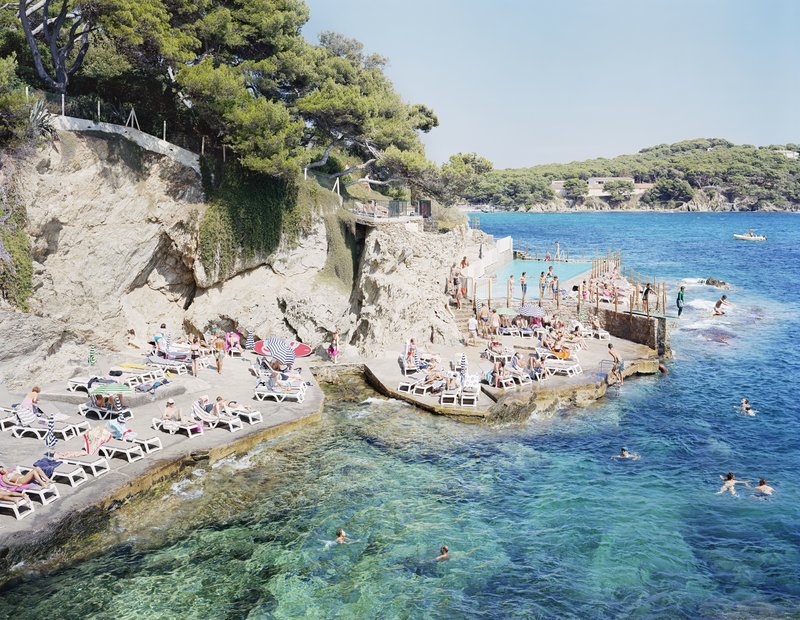 Le Provençal
(2015) is available on Artspace for $2,240
Le Provençal
(2015) is available on Artspace for $2,240
Recently you partnered with Vilebrequin, Artspace, and the Fresh Air fund. Can you tell me about that project?
The project involves making a special edition of prints, which are printed in Germany, framed under Plexi… they’re the real thing. It’s an edition of 35 plus 5 artist proofs. These prints will benefit the Fresh Air Fund. We’re also using one of the pictures that I took for the edition to make a swimming trunk [by luxury swimwear brand Vilebrequin.]
The Fresh Air Fund is a good choice because it’s an organization that gives inner-city kids the opportunity to go to the beach, to go on vacation, and to spend time with nature.
In the States, this idea isn’t so popular. But in Italy, until the ‘60s or ‘70s, there were these big buildings on the beaches that were owned by factories or municipalities, and they’d send the factory workers’ families to the beach for two weeks every year. And cities like Milan or Turin would send 500-600 kids from poor families to the beach for two weeks also. It was a popular thing but of course now the pervading economic system got rid of all these things. [Laughs] So for me it's not a strange concept; it's quite normal. So I absolutely understand what the Fresh Air Fund is about. It's part of our cause.











